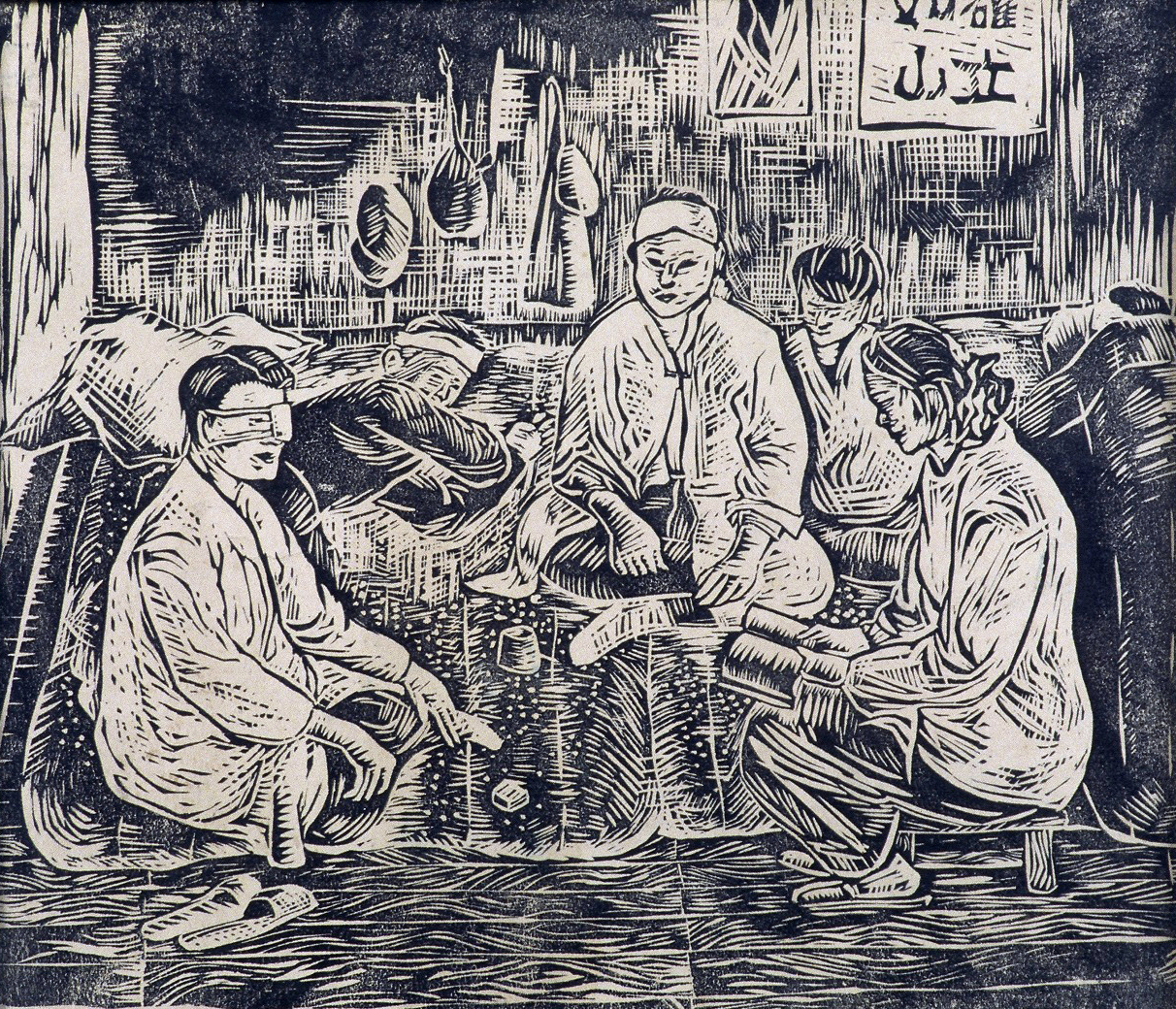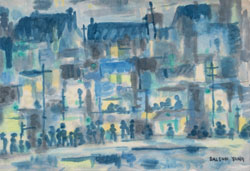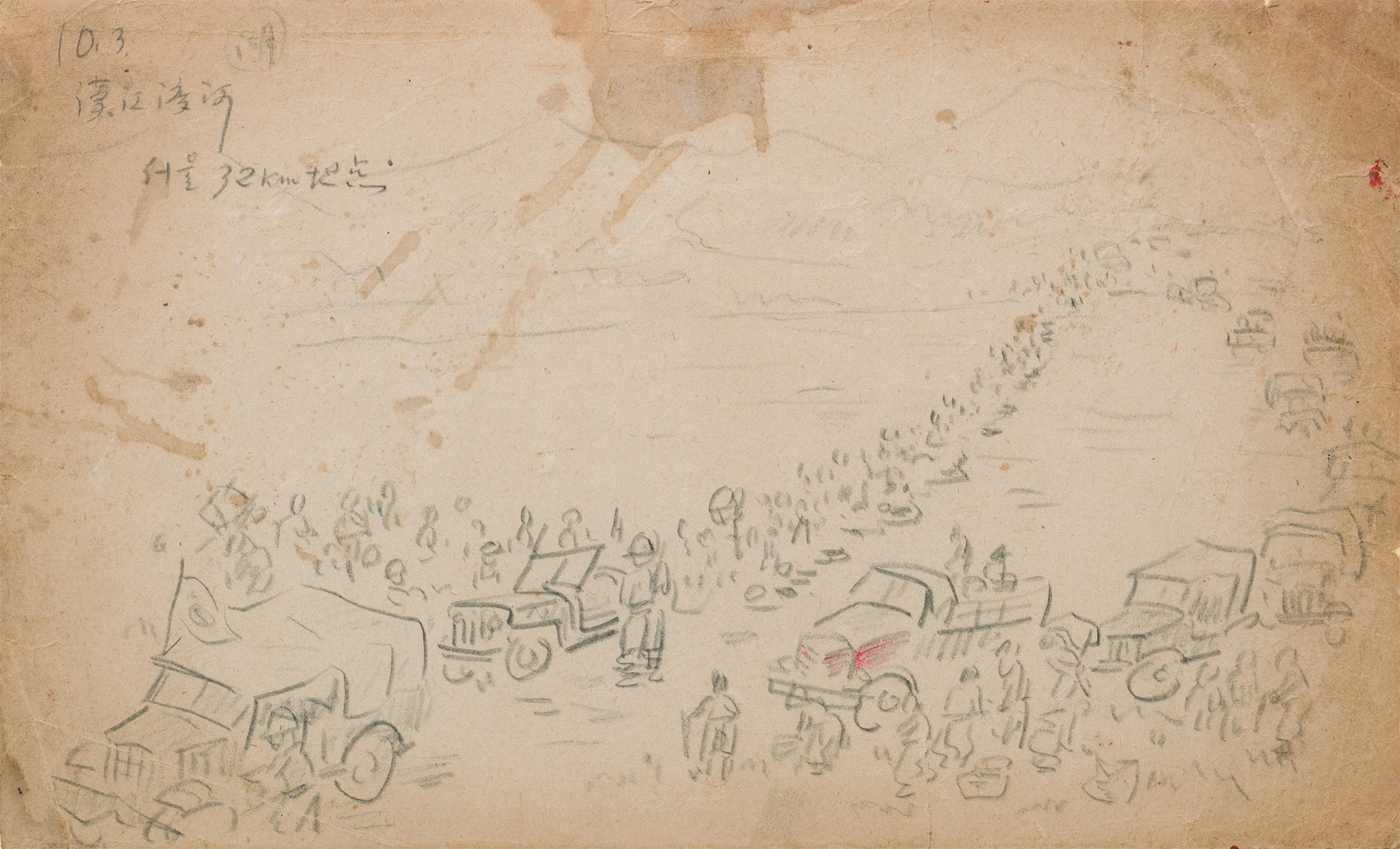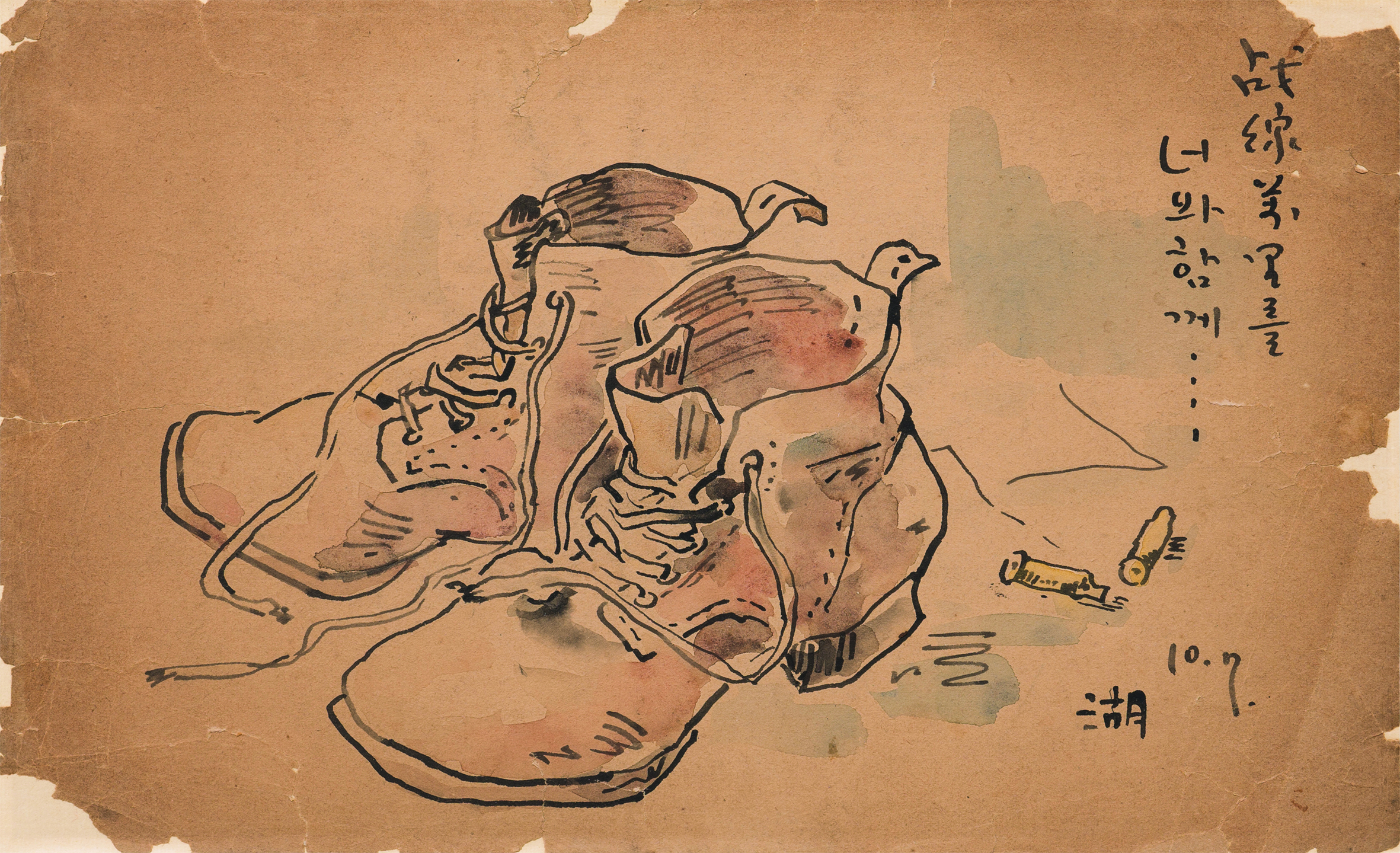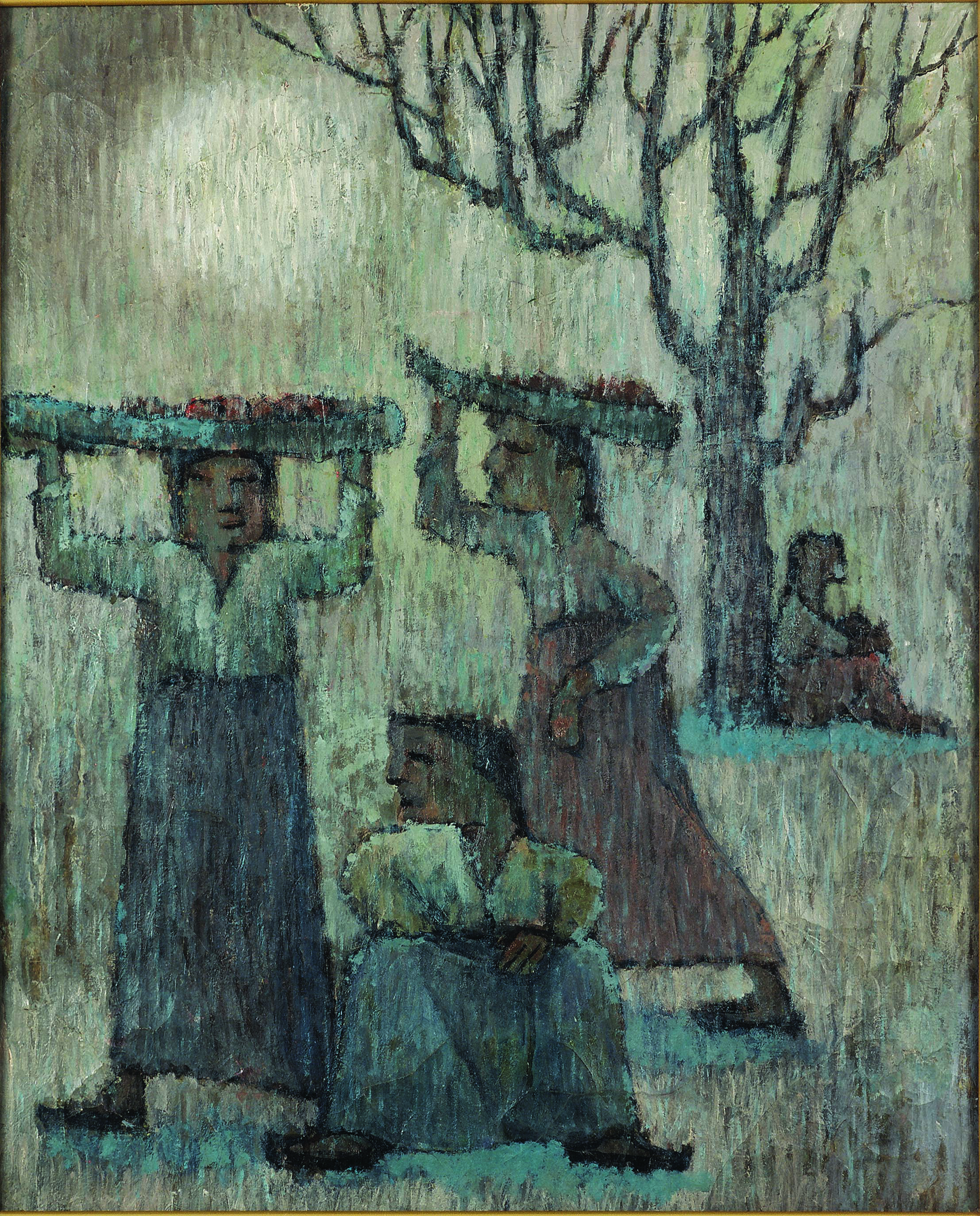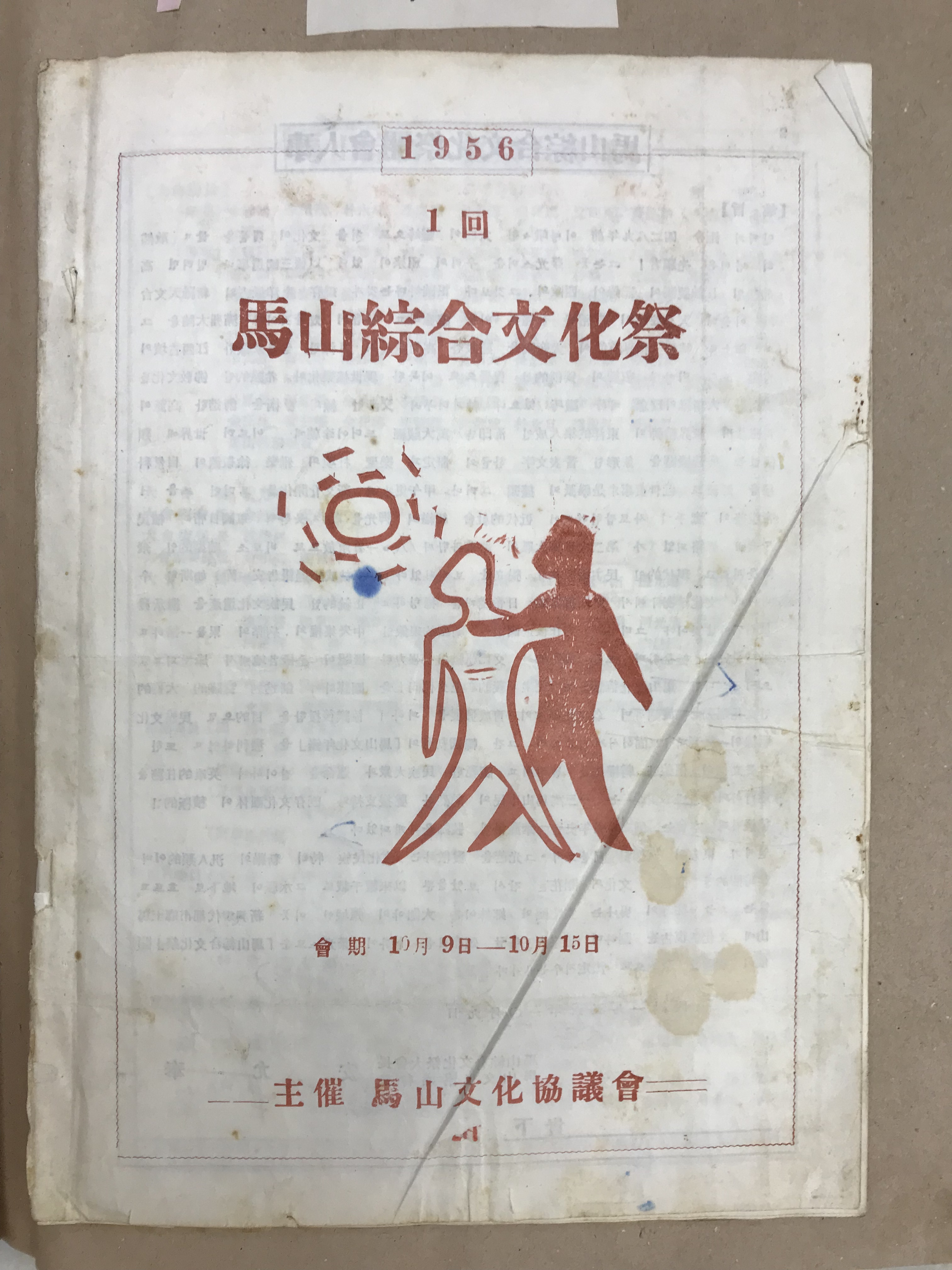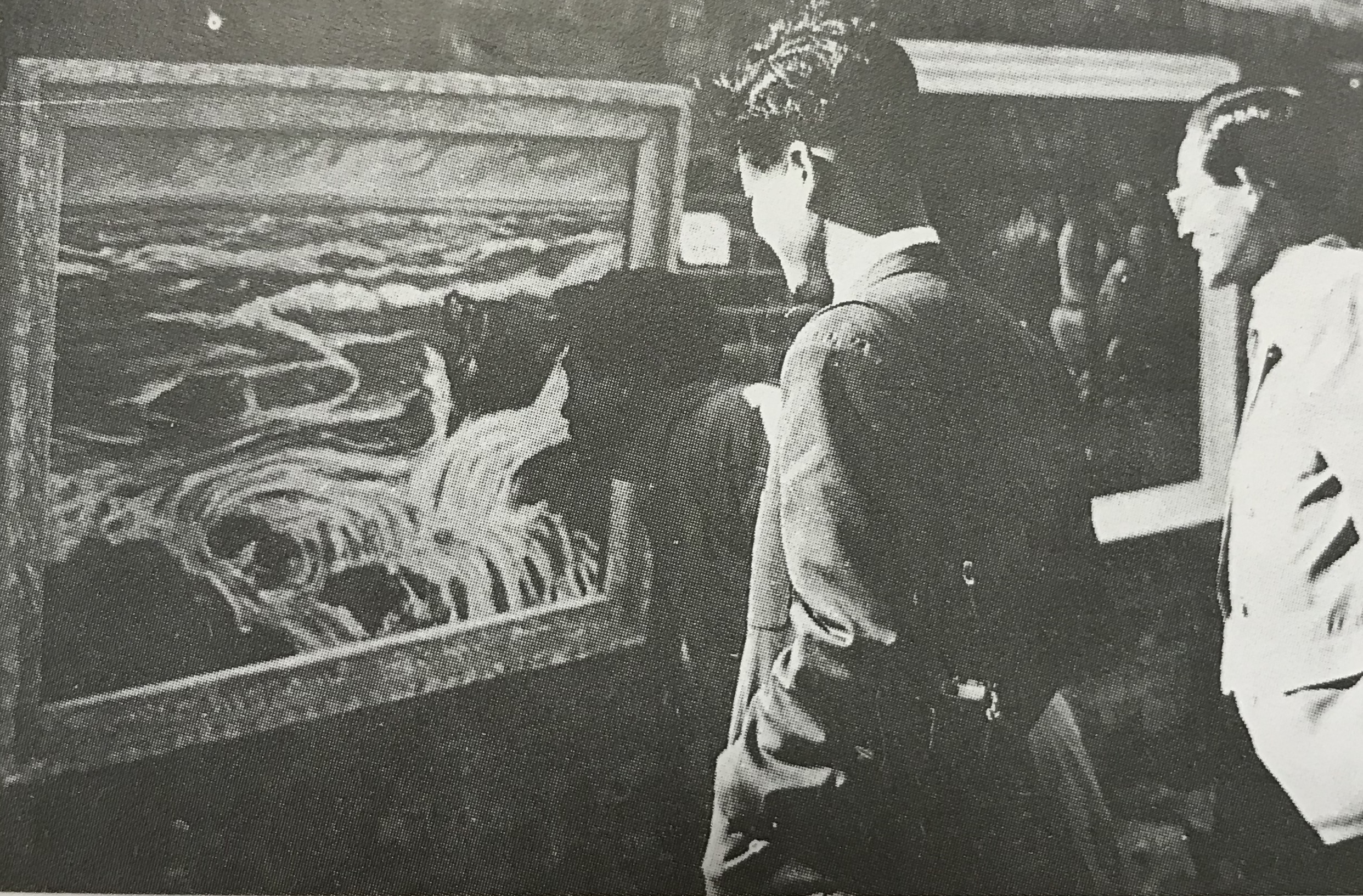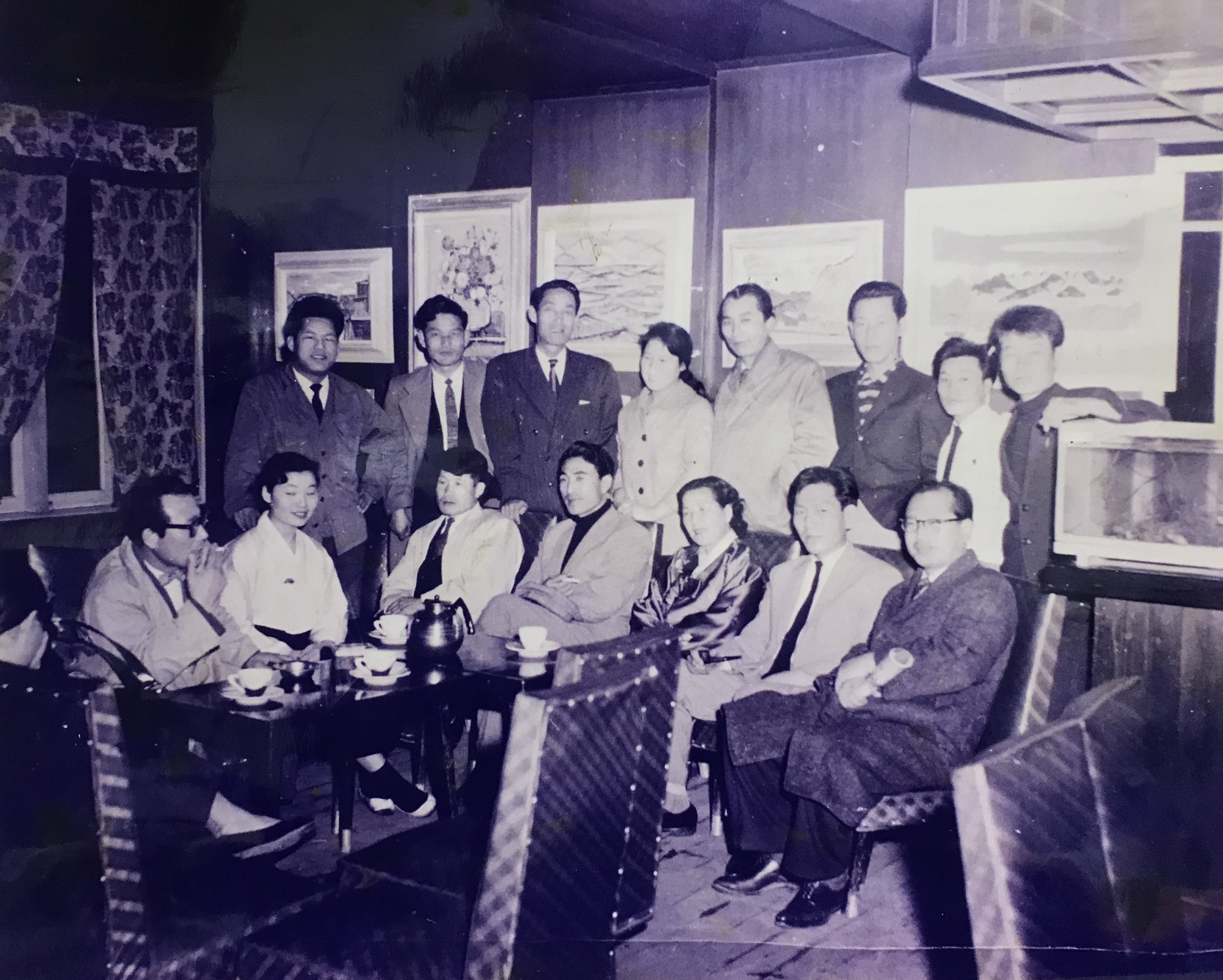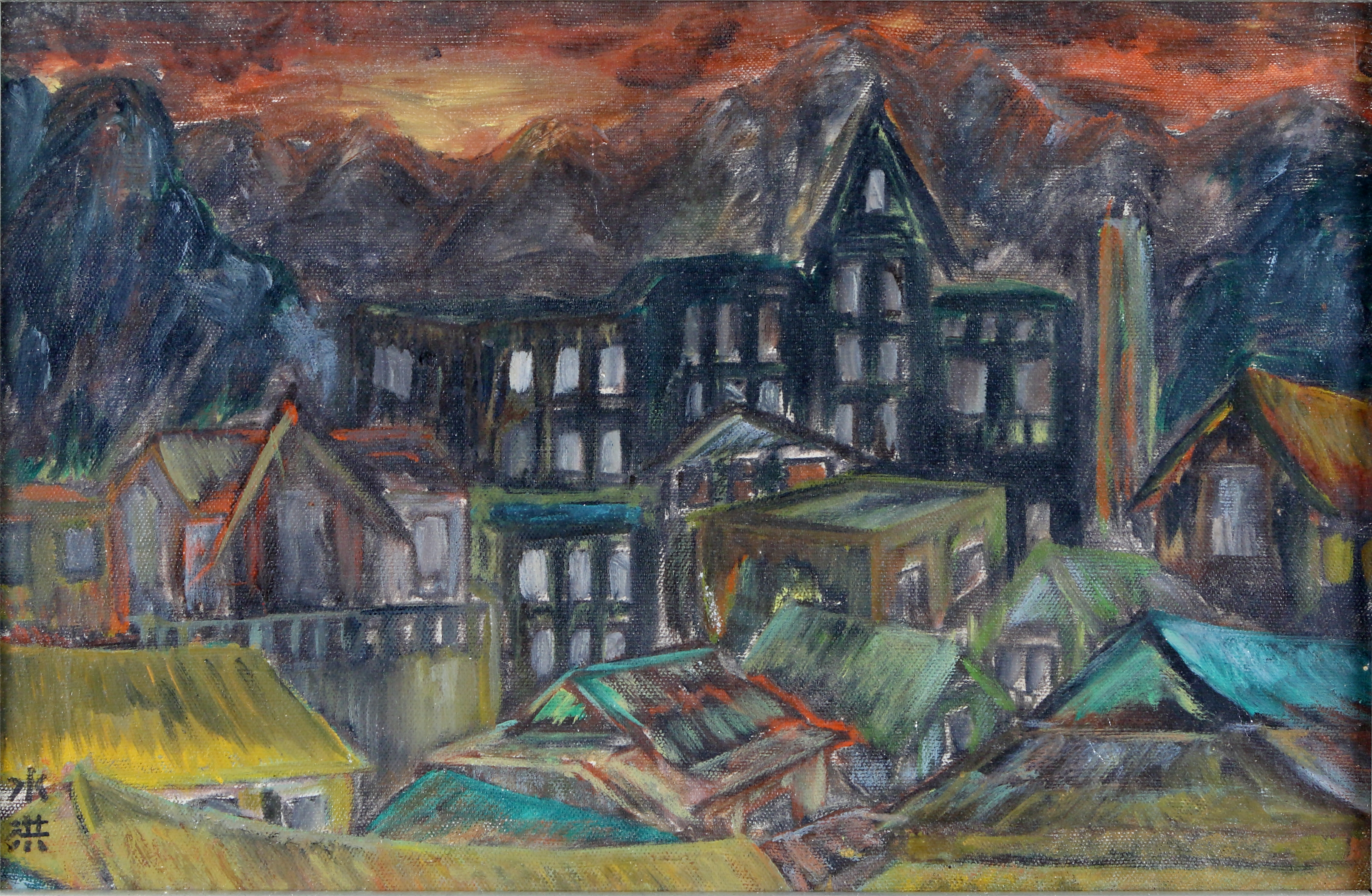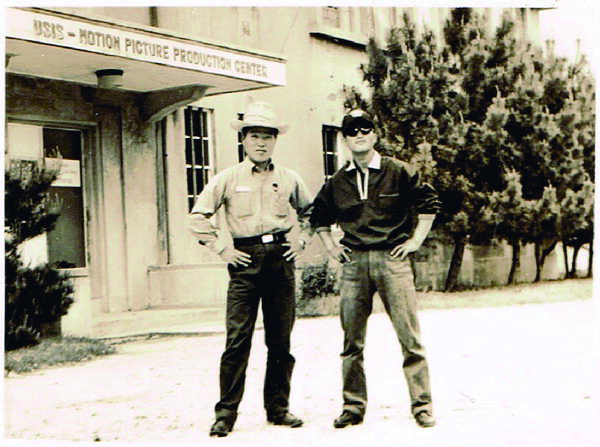展示
Gyeongnam Art Museum
過去の展示
Documenta Gyeongnam I - Remembering the Record
Documenta Gyeongnam I - Remembering the Records
Gyeongnam Art Museum is celebrating its 15th anniversary with an archive exhibition that showcases modern and contemporary art from Gyeongnam (Gyeongsangnam-do). This exhibition presents artistic endeavours that took place mainly in Changwon after the Korean War in 1950. At the time, Changwon was divided into Changwon, Masan and Jinhae, and since it was located inside the Nakdong River Defensive Front it was able to avoid being scarred by the war. It was a natural place for refugees from all over the country to gather. Paradoxically, cultural and artistic activities flourished in Changwon even during the tragedy of war.
The Black Horse Association, which held the very first street exhibition in Korea in 1955, were legendary artists from Masan. As Masan Port developed, various cultures arrived in full force and ushered in the golden era of multicultural tea rooms such as the Diplomatic Club, Continental Tea Rooms, Baekrang Tea Rooms and Biwon Tea Rooms. A tea room that was run by artist Yoo Taek-Ryul, the “Black & White Tea Rooms” was located in Jinhae. (Now artist Yoo Taek-Ryul’s daughter is running this tea room under the name of “Cultural Space Black & White.”) In 1956, the Masan Cultural Festival was held thanks to the hard work of artist volunteers and these artists began creating art with the citizens of Masan. In addition, during the Korean War, USIS, the US Information Service, was established in Changwon, and the Sangnam Film Studio, which produces Liberty News and cultural films, was also established. During the 1950s, Changwon produced many artists and became a mecca for Korean cinema.
This exhibition was quite difficult to organise. Many of the works that were exhibited in the 1950s have been lost and not many of them are left now. Even where works are still in existence, it is not very easy to locate them. I realized that I would need a lot of time and effort if I was to find them. Fortunately, there is a record of them. I found newspaper articles, leaflets advertising the events and booklets from back then and information from Liberty News. I sifted through those records to create memories of that time. Obviously those memories are partial and fragmented. Nevertheless, this is how we started and how we would like to continue on so that we can make more memories.
Another Witness, War Art - War Artists
After the Korean War broke out in 1950 and the battles grew fiercer, artists began creating various organisations. The very first organization to be created by the National Federation of Cultural Organizations (also known as Munchong), an organization of writers, was Munchongkukuktae (文總救國隊). This group was create to boost armed force morale. The art world created war paintings that recorded the tragedy of war, and the War Artists Group was created in order to produce illustrations and posters to disseminate battle news and boost morale. This group was created by volunteer painters at the request of the Ministry of National Defense and it appears to have been quite a liberal organization. It was officially launched after the 4th January retreat in 1951, and consisted of war painters from the Garrison of the Ministry of National Defense, the Navy Garrison, the Air Force Garrison and the Gwangju Army Garrison.
In Gyeongnam, artists Gang Sin-Seok, Ryu Si-Won, Moon Shin, Yang Dal-Seok, Lee Jun, and Lim Ho worked as military artists. (Exhibitions were mainly held in Busan.) After the outbreak of war in 1950, one artist, Moon Shin, was rounded up by anti-communist agents and sentenced to death however, the vagaries of fate saw him released and he started to work as a war artist. One way that you could prove that you were not a ‘commie’ was by working as a war painter. During those times, many people were rounded up and killed by the National Guidance of Allience [sic] (Bodo-League), so the artists’ strategy to work as military painters was a survival strategy. Thankfully, this created an opportunity for us to see their art works and gain an insight into the scars that the war had left.
Art Takes to the Street – Black Horse Association, Masan Combined Cultural Festival
After the armistice was signed in 1953, Korea rushed straight into the project of reconstructing Korean society. Not only did they naturally have to rebuild basic infrastructure, they also had to create a multitude of things that they needed in their lives. Artists thought deeply about the role of art in society and threw themselves into rebuilding art. While the metropolitan areas tended to reinforce the internal structures of the art world, in Masan, it is clear that efforts were made to include citizens in the practice of art. For example, in Masan, in 1955, the Masan Cultural Council (provisional name) was created. Ahn Yun-Bong, who spearheaded the creation of the council, contributed to the newspaper his opinion about the necessity of “a brilliant revival of national democratic culture that will truly benefit the general public, rather than the highbrow cultural movement of the past that was only limited to a small number of fellow-enthusiasts” (Masan Ilbo, September 11, 1955)
In the same year, a group called the “Black Horse Association” also formed in the art world. It is also considered part of the art division of Masan Cultural Council. The Black Horse Association held a street exhibition on the wall in the Masan Savings Bank (now Jeil Bank) Plaza on October 26, 1955. It was the first exhibition in the whole nation to display paintings outdoors. In fact, due to the fact that preserving art works is not easy, even now it is still difficult to display paintings outdoors. Nevertheless, at the time, the Black Horse Association persevered with the street exhibition, proclaiming it as "Fine art for the general public" (Masan Ilbo, November 3, 1955). On the first day, 1,500 people came and on second day there were 2,000 visitors - they definitely achieved their purpose.
In 1956, the Masan Combined Cultural Festival, sponsored by the Masan Cultural Council, was held. It was a huge festival of art and various genres of performance art. The leaflet for the 1st Masan Cultural Festival confirms that the following genres of art participated in the festival: literature, art, music, dance, theater, debates, science, photography, masquerade (a contest in the form of a parade), farming instruments, physical education, classics, film and publishing. It is a remarkable fact that, thanks to Mr Kim Su-Don, a drama contest was performed at the International Theater and that, due to the pivotal role of USIS (US Information Service), there were screenings of cultural films. As such, we can see from the records at the time, Changwon was very interested and extremely active not only in fine arts but also performing arts.
A Safe House for Culture and Arts – the Tea Room
After the Korean War, the whole country experienced a shortage of cultural and artistic facilities so in order to overcome this problem, tea rooms rose to prominence as a place for various artistic endeavors. In Busan, dozens of tea rooms were opened in the Gwangbok-dong area, and as safe houses for arts and culture, they also served as a place for artists and refugees to meet. In Changwon, tea rooms were concentrated in the neighbourhoods of Kumasan and Sinmasan. Art exhibitions, and even illustrated poetry exhibitions, were often held in the tea rooms. In November 1953, painter Gang Sin-Seok and poet Kim Chun-Su collaborated to hold an illustrated poetry exhibition in Baekrang Tea Room. (Masan Ilbo November 15, 1953) The most notable solo exhibitions were as follows: Irim Solo Exhibition (Baekrang Tea room, 1957), Jeon Hyuk Lim Art Exhibition (Baekrang Tea room, 1956), Exhibition in Memory of Going to France by Moon Shin (Ilshin Tea Room, Milky Way Tea Room, Continental Tea Room, Shinshin Tea Room, 1959), Park Saeng-Kwang Oriental Painting Exhibition (Diplomatic Club, 1958), Exhibition in Memory of Going to France by Han Mook (Continental Tea Room, 1961).
The tea rooms didn’t only hold art events. Although the painting exhibitions were the main events, the tea rooms were used in various ways, including literary nights, movie nights, publishing memorials, welcome parties, farewell parties and reunions. As a result, tea rooms were considered to be hubs that were overrun with unemployed people or vagrants, who were considered to be social problems at the time; they therefore became places that were targeted for criticism. On September 29, 1957, the Masan Ilbo published an article titled “The Den that Calls itself a Tea room– Clientele from All Walks of Life” that said a tea rooms is a place where people talk quietly and enjoy the atmosphere however it can also be a place where people have “forgotten refinement and stillness.” However, at the time, tea rooms were extremely precious spaces for artists who had no place to exhibit or perform. Since they weren’t dedicated exhibition spaces, unfortunately only small artworks could be displayed, however thanks to the tea rooms, artworks could still be made, exhibited and sold making tea rooms extremely important spaces.
Mecca for Korean Cinema – Sangnam Film Studio
I’m sure people will wonder why movies suddenly appeared in the art museum. However, if you consider the fact that modern art is commonly thought of as visual arts, it’s really not strange at all. Movies are the visual art medium that has been and still is the easiest and fastest way to share content with the general public. Film is a useful medium for understanding the public who consume it and their society at the time.
The fact that the Sangnam Film Studio existed in Changwon in the 1950s and that Changwon was a mecca for Korean cinema seems to be quite unexpected. Shortly after the Korean War broke out, the US Information Service (USIS) passed through Busan and arrived in Jinhae, later on establishing offices in Yongji-ri, Sangnam-myeon in Changwon-gun (near the current Changwon City Police Station). Since 1952, USIS had mainly been focusing on producing cultural films and Liberty News. USIS produced 721 editions of Liberty News (1952-1967) and hundreds of cultural films, which is actually quite an astounding fact. Liberty News was so famous at the time that the USIS film production unit was also called “Liberty Productions,” however, the official name was Sangnam Film Studio. Sangnam Film Studio was an extremely professional outfit. It had a manuscript room, a translation room, an art studio, a music studio, a recording studio, an editing studio, a dark room, an automated printing room, an electrical equipment studio and a drying room. (Gyeongnam Regional Movie Theatre – Masan’s director, Kang Ho, and Changwon’s Liberty New) written by Lee Seong-Cheol, reference Homil Books)
Nothing remains of Sangnam Film Studio, but the fact that it did exist can be confirmed through various records. Most of the old films that are on display throughout the exhibition hall were made by Sangnam Film Studio. Both the film of 1959 Exhibition in memory of going to France by Moon Shin and the 4th Masan Cultural Festival were created by Liberty News. “The Local Newspaper Editor,” which explains much of the background and times of Masan, was also produced by Sangnam Film Studio. These videos are very important resources for understanding the history of art and culture in Changwon.
